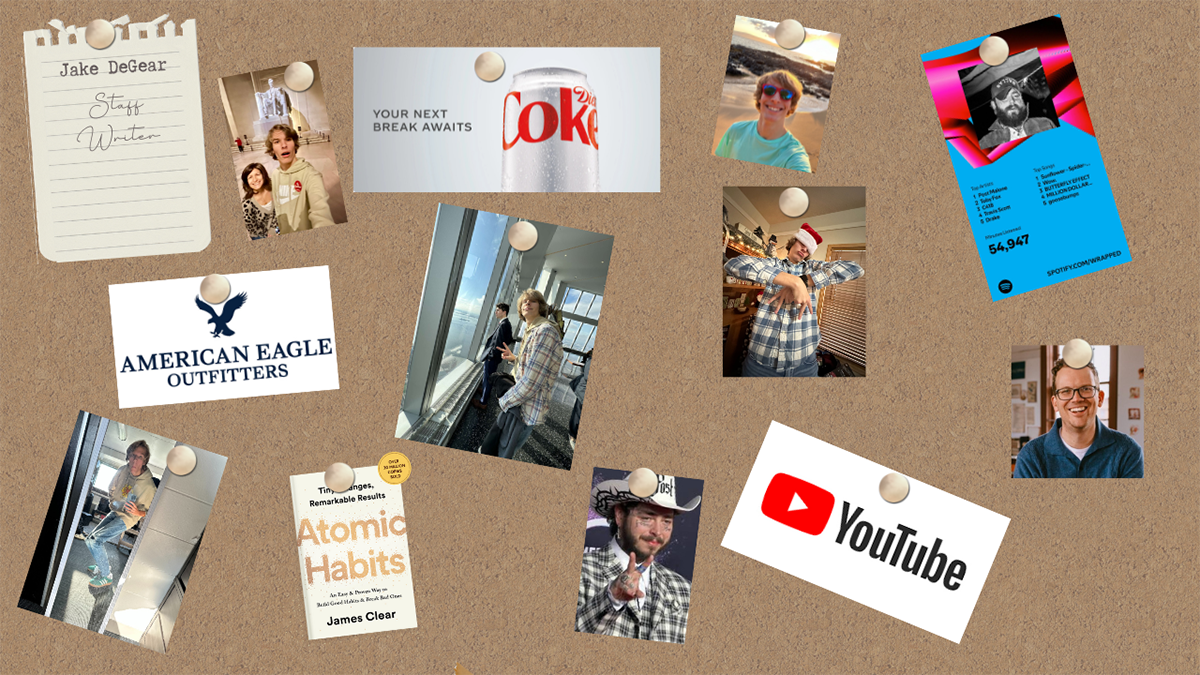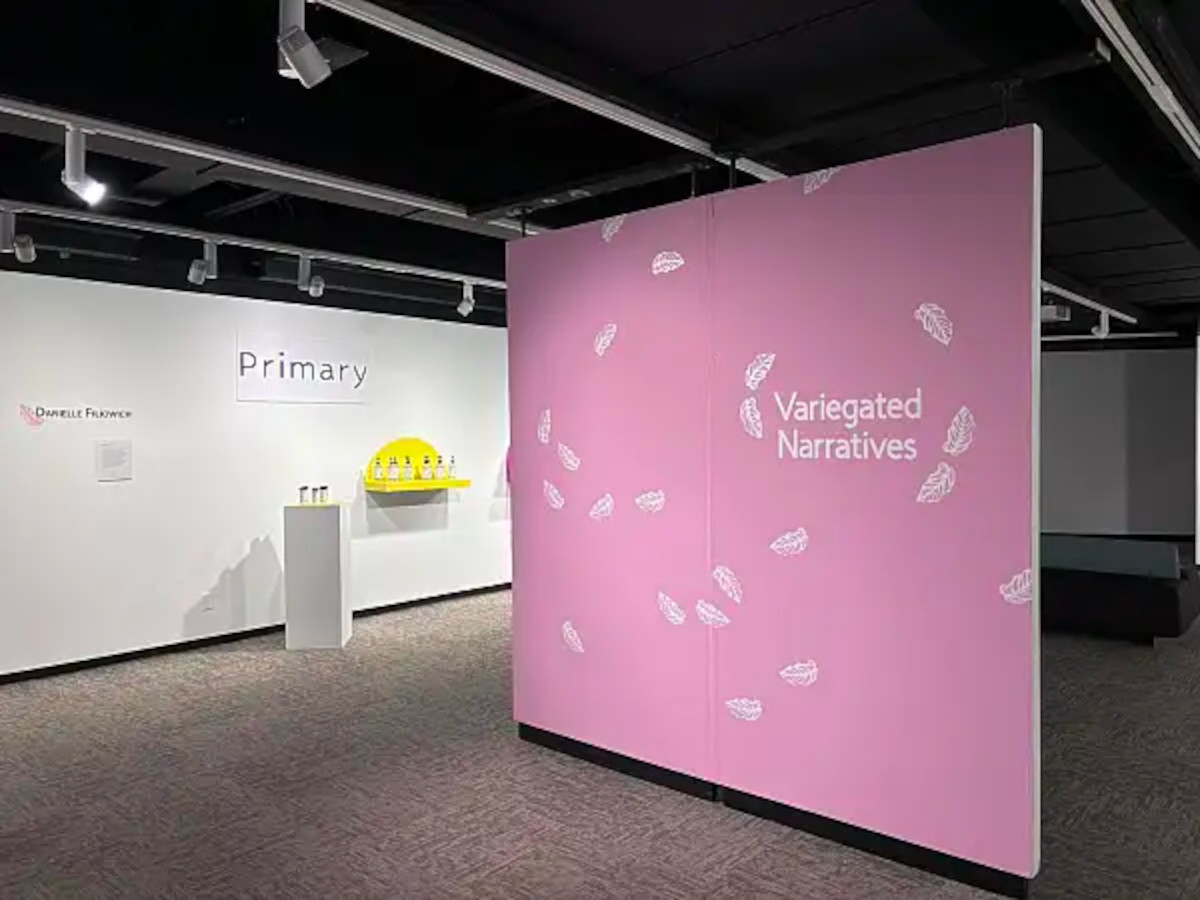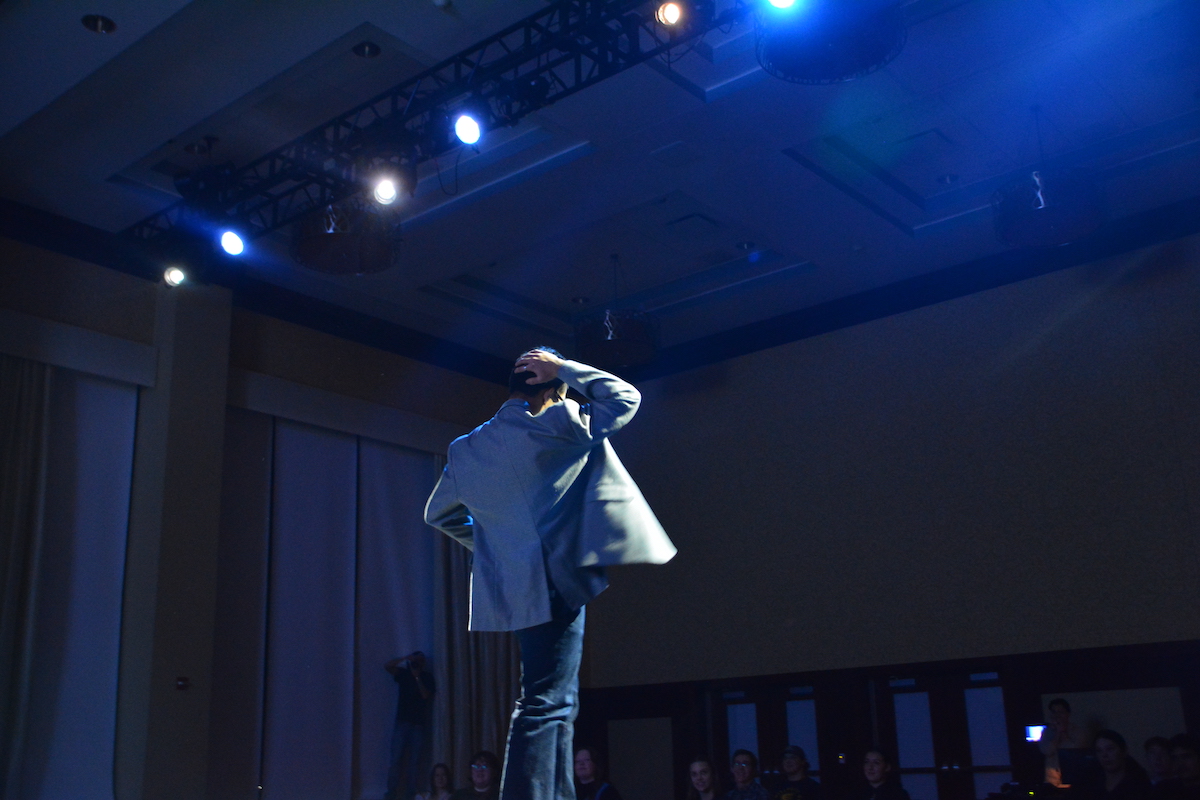For many of us, at least one moment last week was spent considering the things we are thankful for. It’s difficult, however, to consider what we have without also considering what others might not have. In the spirit of giving thanks and giving back to the community, The Spectator talked to Rachel Keniston, director of The Community Table, a local non-profit. After over a decade and a half of providing free meals to the public, Keniston provides a valuable perspective on the people of our city and how we, as a community, can help each other.
How long has the organization been around for?
“The Community Table has been around for seventeen years. It started in response to a letter in The Voice of the People in the Eau Claire Leader-Telegram, and it was following the closing of the Uniroyal Plant. As I understand it, people’s unemployment had started to run out and people were starting to find themselves also in the middle of a real tough economic time.”
How many years have you been involved with The Community Table?
“I’ve only been the director since the first of September; before that I was the kitchen operations manager… But I was involved before that as one of the serving teams … since almost the beginning.”
So how does TCT work? What parts do volunteer groups play?
“When it first started, the serving teams… would bring the food there, and they would prepare it and serve it.
Holly (the previous director) had kept track, and knew (the groups) spent around $100 on a meal. And I watched the meals, and saw that they were casseroles. And they were adequate meals, but casseroles day after day, canned vegetables, canned fruits …
I interviewed guests and said, ‘How often do you have fresh citrus?’ (The answer was) not unless they ever have it here. I asked that question specifically because I noticed that a lot of people were missing teeth. So I talked to a dentist friend and said, ‘Is it possible that we have scurvy?” And he said, ‘Oh, yes, very.’
We looked and said, ‘OK, with the population of people that we serve – not all of them, but a majority of them – are low income. The health problems of their socioeconomic group are obesity, high blood pressure and Type 2 diabetes, and we’re feeding all these things.’ … We were doing high carbs with the casseroles and all the desserts.
So we said that we’ll find the food. We (now) ask the serving teams to give us $100 and eight gallons of milk. We approached different food venues. Target gives us between three and five hundred pounds of fresh produce a day. It’s what they take off their shelf: it’s “rescued” food … It has enabled us to have fresh salads, fresh vegetables; we have steamed vegetables almost every single day, and we have fresh fruit every single day.
Several other food agencies in Eau Claire give us their damaged product, and we also buy some food from Feed My People.
Tonight’s meal is tilapia, baked potato, tossed green salad and a steamed vegetable.”
What types of groups volunteer to serve for meals?
“Seventeen days out of the month are usually church groups. Action City serves once a month, faithfully. The Eau Claire Predators, the football team; ASSW, the student social work organization; Wells Fargo Bank; Fall Creek Honors Society, from the high school; United Way Emerging Leaders; Chippewa Valley Technical College;… this coming Saturday is going to be the communication and journalism class, a UWEC course.”
Are there still ways for individuals to volunteer?
“For individuals, right now I think there are six students that are doing their service credit hours for us, so they can do that. I have three students that are doing internships, so they’re doing bookwork kinds of things.”
If a group of UW-Eau Claire students want to volunteer to sponsor a meal and serve, how would they sign up for that?
“They can go to the website or they can e-mail me: [email protected].”
Throughout your years at TCT, what have you learned about poverty in Eau Claire?
“Thirty-two percent of the residents of Eau Claire County are either poor, or low-income. Eighty percent of Longfellow Elementary School qualify for free or reduced lunch. Sixteen percent of Eau Claire County lives in extreme poverty (statistics taken from a 2004 UW Extension survey).
How we hide (poverty) and how we don’t think about it: It’s a combination of things. When you’re a university community, you have a work force available for retail jobs and for restaurant jobs. When I say that, I don’t begrudge students those jobs …
I was an elementary school teacher, so if we think about it in terms of a classroom … We know that the children in that classroom are not on an equal playing field. And yet, as teachers, we teach those kids – for classroom management – that we’re all together, we’re a community now, we help each other here.
But once we’re adults… the playing field doesn’t change. And so we know that a percentage of those students, that all the way from when they were really little, they aren’t going to be able to have the same kind of jobs or opportunities. We know that, that’s just a fact.
So, what do we as a society offer? When you talk to a lot of the people that come here, you’ll find that they’re working part-time jobs, minimum wage. They don’t get enough hours, and they never will. And if they complain about it… there’s a whole work force ready to take those jobs.
And with the recession, there is “white-collar” poverty, where there are educated, professional people who for whatever reason aren’t working right now, but have debt. It could be a loan that they owe or a car that they bought that was their dream, and now they’re stuck with it.
In this position, I find my own naivety. Our numbers go down in the winter. And right away, I was thinking that the food wasn’t as good. And so I talked to a man that I know and that I knew would be honest with me. And he laughed and he said, ‘I can tell, you have the advantage of three things: a warm coat, a car and health insurance.’
If you don’t have a bus (pass) and you’re walking without a warm coat, you risk getting really sick. If you fall on the ice, and you hurt yourself, and you have to have a broken bone taken care of, then you’ve got hospital expense right away. And then on top of that, if you can’t work, for a week even, that’s lost income, and probably your job as well … And so then there you are at the end of the month and you don’t have your rent money … So you’re out. And that’s where we have guests who find themselves homeless for exactly one little thing that has spun the whole picture out of control.
The poverty issues, we just don’t think about. We have people that are educated, that come here, and there’s been just one bad thing in their life that has happened, and things have all fallen apart.”
How does The Community Table help with these issues?
“TCT is this wonderful, wonderful place where we don’t fix people’s lives, but we give them a meal, we help them be happier, we recognize them as a person. Respect and dignity: those are the two words, over and over, that are repeated here. That you come in those doors, you treat everyone with respect and dignity, and you will be treated the same.
We are technically a soup kitchen… we know 88 percent of the people that eat here are living in extreme poverty. But we serve healthy meals, and we encourage anyone and everyone to come and eat. So, the people, at the end of the month, we see more people eating here. They’re proud; they’ve tried to make things go until the end.”
Any closing words?
“We welcome students. We know there are students that use this, that told us this helps me make my tuition payments and meet my living expenses. I imagine more and more ways that students could be a part of what we do … There’s lots of possibilities for what college students can do to help, and I hope that they feel welcome here always.”
For more information about The Community Table, including meal times, visit www.thecommunitytable.org.






